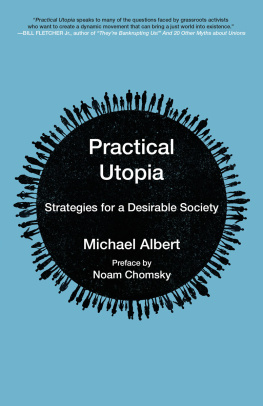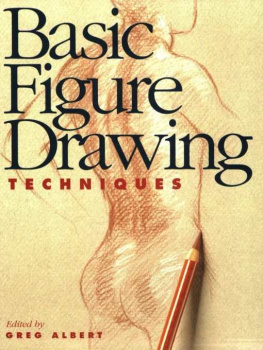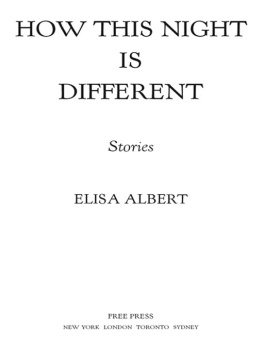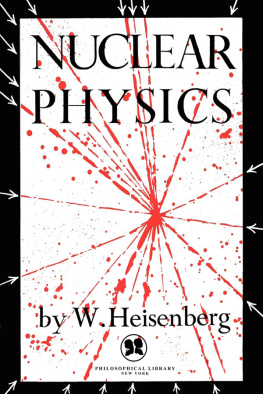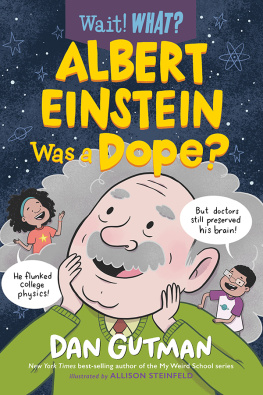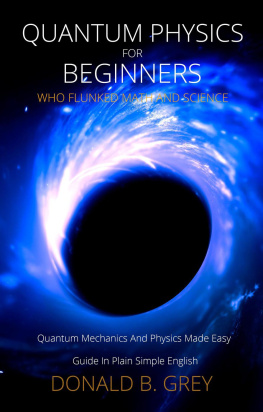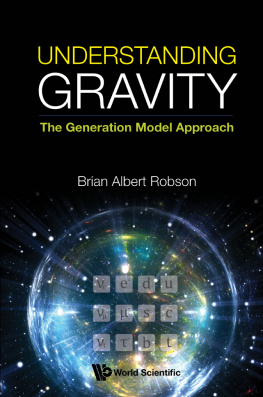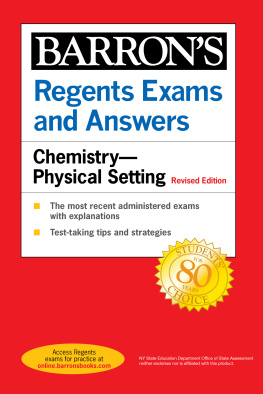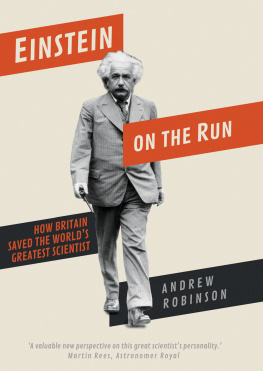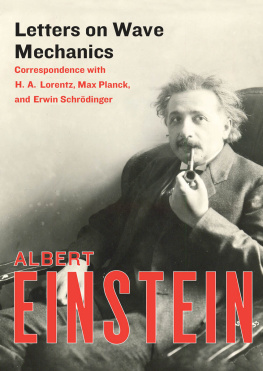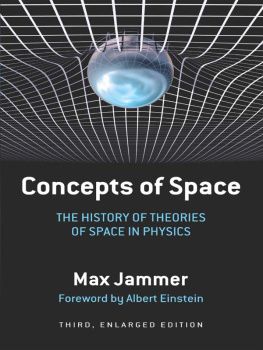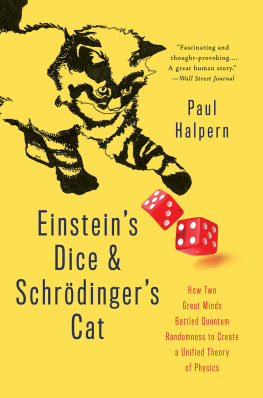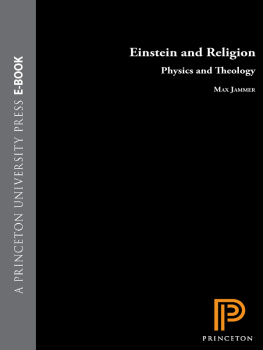Albert - After Physics
Here you can read online Albert - After Physics full text of the book (entire story) in english for free. Download pdf and epub, get meaning, cover and reviews about this ebook. publisher: Harvard University Press, genre: Romance novel. Description of the work, (preface) as well as reviews are available. Best literature library LitArk.com created for fans of good reading and offers a wide selection of genres:
Romance novel
Science fiction
Adventure
Detective
Science
History
Home and family
Prose
Art
Politics
Computer
Non-fiction
Religion
Business
Children
Humor
Choose a favorite category and find really read worthwhile books. Enjoy immersion in the world of imagination, feel the emotions of the characters or learn something new for yourself, make an fascinating discovery.

- Book:After Physics
- Author:
- Publisher:Harvard University Press
- Genre:
- Rating:3 / 5
- Favourites:Add to favourites
- Your mark:
- 60
- 1
- 2
- 3
- 4
- 5
After Physics: summary, description and annotation
We offer to read an annotation, description, summary or preface (depends on what the author of the book "After Physics" wrote himself). If you haven't found the necessary information about the book — write in the comments, we will try to find it.
Albert: author's other books
Who wrote After Physics? Find out the surname, the name of the author of the book and a list of all author's works by series.
After Physics — read online for free the complete book (whole text) full work
Below is the text of the book, divided by pages. System saving the place of the last page read, allows you to conveniently read the book "After Physics" online for free, without having to search again every time where you left off. Put a bookmark, and you can go to the page where you finished reading at any time.
Font size:
Interval:
Bookmark:
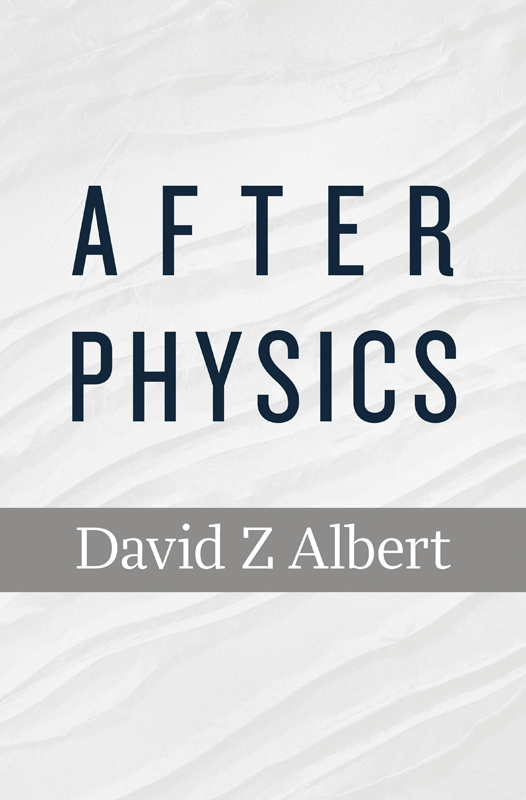

Cambridge, Massachusetts
London, England
2015
Copyright 2015 by the President and Fellows of Harvard College
All rights reserved
Jacket image: Thinkstock
For the iPad:
ISBN 978-0-674-74446-2 (EPUB)
For the Kindle:
ISBN 978-0-674-74447-9 (MobiPocket)
The Library of Congress has cataloged the printed edition as follows:
Albert, David Z.
After physics / David Z Albert.
pages cm
Includes index.
ISBN 978-0-674-73126-4
1. PhysicsPhilosophy. I. Title.
QC6.A465 2015
530.01dc23
2014013401
To my son, in whom I am well pleased
This book consists of eight essays about the foundations of physics. They have various different sorts of connections to one another, and they have been designed to be read in the order in which they are printed, but they arent meant to add up to anything like a single, sustained, cumulative, argument.
The first consists of some general, introductory, panoramic observations about the structure of the modern scientific account of the world as a whole, with particular attention to the role of chance, and to questions of the relationship between physics and the special sciences. The second (which depends on the first) is about the direction of timeand (more particularly) about the sense of passing, and the asymmetry of influence, and the fundamental physical underpinnings of what used to be called being-towards-the-future. The third (which also takes off from the first, but eventually moves into questions about the foundations of quantum mechanics) is about the business of deriving principled limits on our epistemic access to the world from our fundamental physical theories. The fourth (which depends on the third) is about the more subtle and more general business of deriving principled limits on what we can intentionally do, or control, or bring about, from our fundamental physical theories.
And each of the remaining essays can stand (I guess) more or less on its own. The fifth is about the relationship between quantum-mechanical nonseparability, and the special theory of relativity, and the principled possibility of saying everything there is to say about the world in the form of a story, and the sixth is about how to think of the particles and the fields and even the very space of the standard scientific conception of the world as emergent, and the seventh (which is a sort of companion piece to the sixth) is about why it might be necessary to think of them that waywhy there might not be any sensible alternative to thinking of them that wayand the eighth is about the meaning of probability in many-worlds interpretations of quantum mechanics.
The first two essays should be accessible to readers without any specialized knowledge of physicsbut readers who want to know more about the scientific and philosophical background of the discussions in those essays might like to have a look at an earlier book of mine called Time and Chance (Harvard University Press, 2000). The rest of the book (on the other hand) assumes a preliminary acquaintance with the foundations of quantum mechanics (the basic quantum-mechanical formalism of wave functions and state vectors and Hermitian operators, nonlocality, the measurement problem, the GhirardiRiminiWeber [GRW] theory, Bohmian mechanics, the many-worlds interpretation of quantum mechanics, and so on)the sort of material that can be found (for example) in another book of mine called Quantum Mechanics and Experience (Harvard University Press, 1992). And here and thereparticularly in I will take it for granted that the reader has a working knowledge of the special theory of relativity.
There are, as always, many people to thank. First and foremost is Barry Loewer, who has been willing to teach me, and to hear me out, and to correct my mistakes, and to show me what it was that I actually wanted to say, and to promise me that everything was going to be fine, and all with such unwavering patience and gentleness and encouragement and steadfast devotion to the truth, for something on the order of thirty years now. Mannes hed ymagynen ne kan, nentendement considere, ne tounge tell, what I owe to him. Tim Maudlin is not as gentle as Barrybut Tim, in his way, and after his fashion, has been spectacularly generous, decade after decade, with his time and his energy and his attentionand much of this book, and great swaths of my whole imaginative life, for whatever any of that may be worth, have been roughly yanked into being by his fierce and brilliant and relentless critique. And I am thankful to Sean Caroll for a careful and detailed and helpful readers report for Harvard University Press. And I am lucky, and I am grateful, for innumerable and interminable conversations about these matters with the likes of Hilary Putnam and Shelly Goldstein and Nino Zhangi and Detlef Durr and Roddy Tumulka and David Wallace and Simon Saunders and Giancarlo Ghirardi and Yakir Aharonov and Lev Viadman and Ned Hall and Sidney Felder and Alison Fernendes and Mattias Frisch and Brian Greene and Jennan Ismael and Eric Winsburg and Brad Westlake and veritable armies of still others.
Suppose that the world consisted entirely of point masses, moving in perfect accord with the Newtonian law of motion, under the influence of some particular collection of interparticle forces. And imagine that that particular law, in combination with those particular forces, allowed for the existence of relatively stable, extended, rigid, macroscopic arrangements of those point masseschairs (say) and tables and rocks and trees and all of the rest of the furniture of our everyday macroscopic experience. And consider a rock, traveling at constant velocity, through an otherwise empty infinite space, in a world like that. And note that nothing whatsoever in the Newtonian law of motion, together with the laws of the interparticle forces, together with a stipulation to the effect that those interparticle forces are all the forces there are, is going to stand in the way of that rocks suddenly ejecting one of its trillions of elementary particulate constituents at enormous speed and careening off in an altogether different direction, or (for that matter) spontaneously disassembling itself into statuettes of the British royal family, or (come to think of it) reciting the Gettysburg Address.
It goes without saying that none of these is in fact a serious possibility. And so the business of producing a scientific account of anything at all of what we actually know of the behaviors of rocks, or (for that matter) of planets or pendula or tops or levers or any of the traditional staples of Newtonian mechanics, is going to call for something over and above the deterministic law of motion, and the laws of the interparticle forces, and a stipulation to the effect that those interparticle forces are all the forces there aresomething along the lines of a probability distribution over microconditions, something that will entail, in conjunction with the law of motion and the laws of the interparticle forces and a stipulation to the effect that those forces are all the forces there are, that the preposterous scenarios mentioned abovealthough they are not
Font size:
Interval:
Bookmark:
Similar books «After Physics»
Look at similar books to After Physics. We have selected literature similar in name and meaning in the hope of providing readers with more options to find new, interesting, not yet read works.
Discussion, reviews of the book After Physics and just readers' own opinions. Leave your comments, write what you think about the work, its meaning or the main characters. Specify what exactly you liked and what you didn't like, and why you think so.

